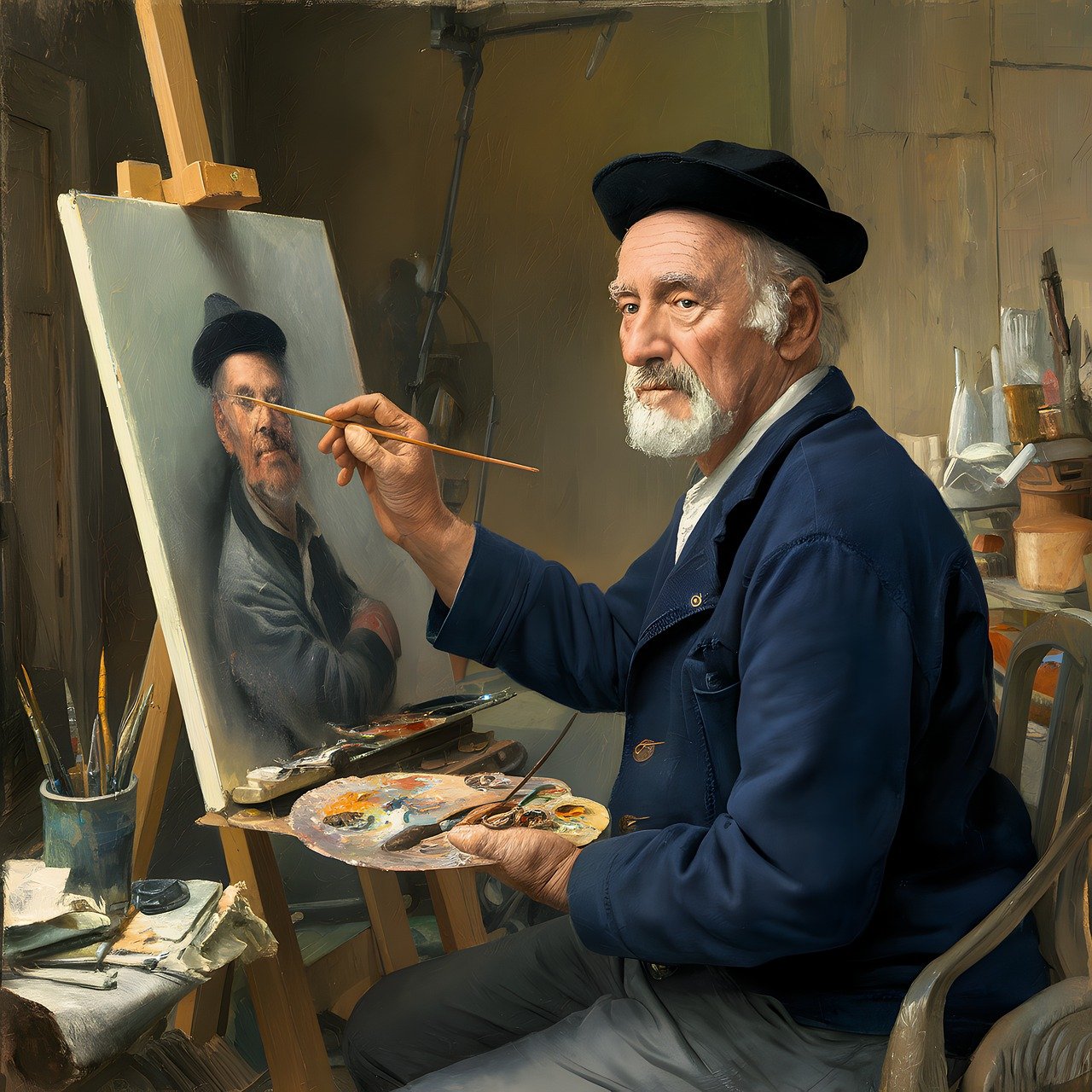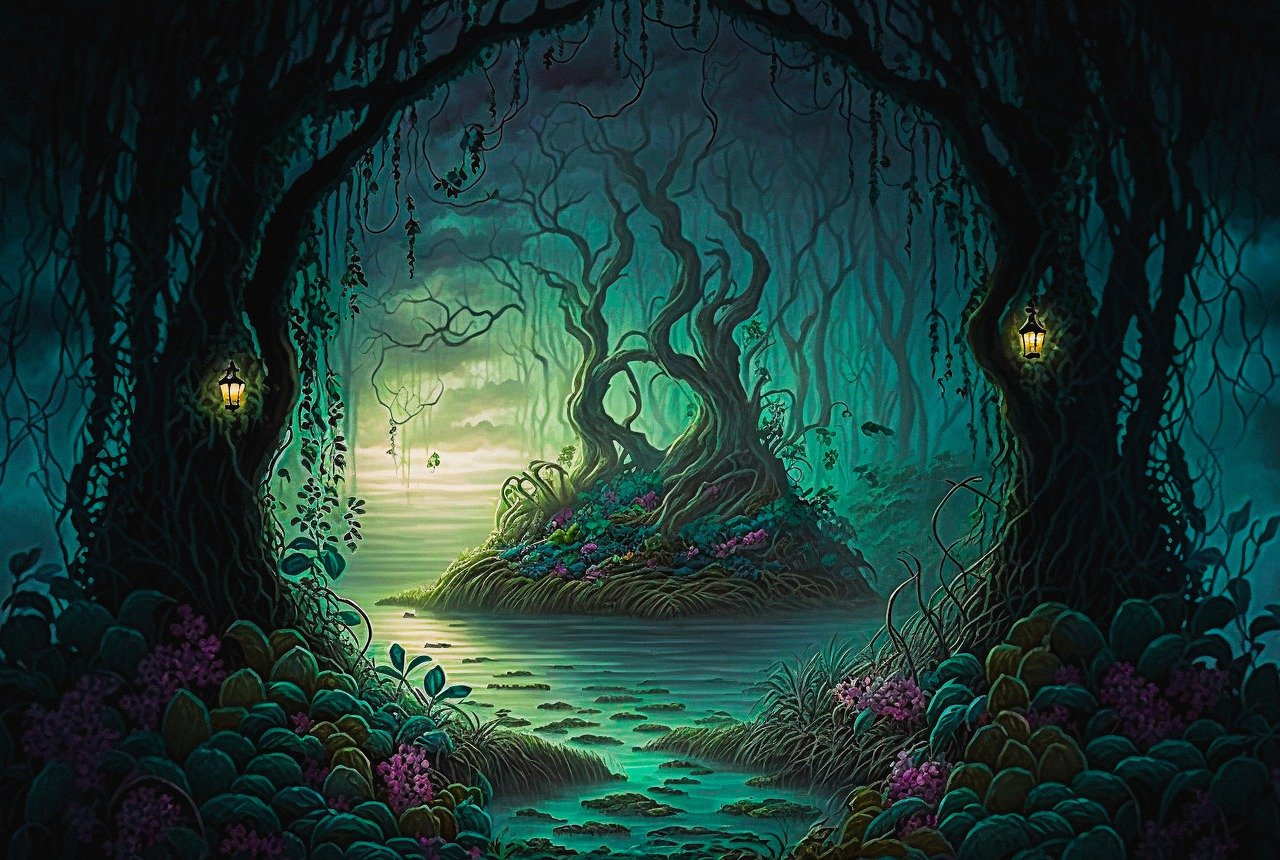In the rapidly evolving landscape of art and technology, a fascinating synergy is emerging between human creativity and artificial intelligence (AI). This collaborative creativity, where artists and AI work together to produce innovative artworks, is pushing the boundaries of what is possible in the art world. This article explores the dynamics of this partnership, the techniques involved, notable projects, and the broader implications for the future of artistic expression.
The Dynamics of Human-AI Collaboration
Human-AI collaboration in art involves artists using AI tools to augment their creative process. Rather than replacing the artist, AI acts as a co-creator, providing new ideas, techniques, and efficiencies that enhance human creativity. This partnership allows artists to explore new forms of expression, experiment with different styles, and produce complex works that might be impossible to achieve manually.
Techniques and Tools for Collaborative Creativity
- Generative Algorithms:
- Process: Artists use generative algorithms, such as Generative Adversarial Networks (GANs), to produce new images based on input data. These algorithms can generate a variety of artistic styles and forms, which artists can then refine and incorporate into their work.
- Tools: Platforms like Artbreeder and Runway ML enable artists to create and manipulate images using generative algorithms.
- Neural Style Transfer:
- Process: Neural style transfer allows artists to apply the style of one image to another, blending the content of a photo with the aesthetics of a famous painting. This technique can be used to create visually striking hybrid artworks.
- Tools: Applications like DeepArt and Prisma offer neural style transfer capabilities, making it accessible for artists to experiment with different styles.
- Interactive Installations:
- Process: AI can be used to create interactive art installations that respond to viewers’ actions or environmental stimuli. These installations often involve real-time data processing and machine learning algorithms to adapt and change.
- Examples: Refik Anadol’s immersive installations use AI to transform data into dynamic visual experiences that evolve with audience interaction.
- Collaborative Drawing and Painting:
- Process: Artists use AI to assist in drawing and painting, where the AI generates initial sketches or suggests enhancements. The artist then builds upon these suggestions, resulting in a co-created piece.
- Tools: Digital tools like Adobe Fresco and Procreate incorporate AI features that help artists experiment with new techniques and styles.
Notable Projects and Artists
- “The Next Rembrandt”:
- Project: A collaboration that used AI to create a new painting in the style of Rembrandt by analyzing his existing works. The project demonstrated the potential of AI to extend an artist’s legacy and create new works inspired by their techniques.
- Mario Klingemann:
- Work: Known for his pioneering work with neural networks, Klingemann explores the intersection of human and machine creativity. His projects often involve generative art that provokes thought about the nature of creativity and the role of AI in the artistic process.
- Sofia Crespo:
- Work: Crespo uses AI to explore the concept of bio-artificial life forms. Her projects blend natural imagery with AI-generated patterns, creating surreal, biologically inspired artworks that challenge the boundaries between organic and synthetic.
- Refik Anadol:
- Installations: Anadol’s large-scale installations use AI to process vast amounts of data and create immersive environments. His works, such as “Melting Memories,” visualize the human mind’s complexity through data-driven art.
The Impact on the Art World
- Enhanced Creativity:
- AI tools provide artists with new ways to experiment and innovate. By automating repetitive tasks and generating new ideas, AI allows artists to focus more on the conceptual and emotional aspects of their work.
- Accessibility and Democratization:
- AI art tools are making it easier for people without formal artistic training to create art. This democratization of art creation opens up new possibilities for expression and participation in the art world.
- New Art Forms and Experiences:
- The collaboration between human artists and AI is giving rise to new forms of art, such as interactive installations and data-driven visualizations. These new art forms offer immersive and dynamic experiences that engage audiences in novel ways.
- Ethical and Philosophical Considerations:
- The rise of AI in art raises questions about authorship, originality, and the nature of creativity. As artists and AI work together, it is important to consider who holds the creative agency and how to attribute credit.
Challenges and Limitations
- Technical Limitations:
- While AI can assist in generating ideas and automating processes, it still lacks the nuanced understanding and emotional depth that human artists bring to their work. This can result in art that, while technically proficient, may lack soul and context.
- Bias and Data Limitations:
- AI systems are only as good as the data they are trained on. Biases in training data can lead to biased outputs, which can perpetuate stereotypes or overlook certain perspectives.
- Economic Implications:
- As AI tools become more prevalent, there is concern about the economic impact on traditional artists. Balancing the benefits of AI assistance with the need to support human artists is a key challenge.
Conclusion
The collaboration between human and AI artists represents a transformative development in the art world. By blending human intuition and emotion with AI’s computational power, this partnership is expanding the horizons of creativity and artistic expression. As technology continues to evolve, the potential for collaborative creativity will only grow, offering exciting opportunities for innovation while also posing important ethical and philosophical questions. Navigating this new landscape will require thoughtful consideration of the roles and contributions of both human and AI creators, ensuring that the synergy between them enhances the richness and diversity of the art world. As artists and AI continue to explore this collaborative frontier, we can expect to see a proliferation of groundbreaking artworks that challenge our understanding of creativity and push the boundaries of artistic expression.


